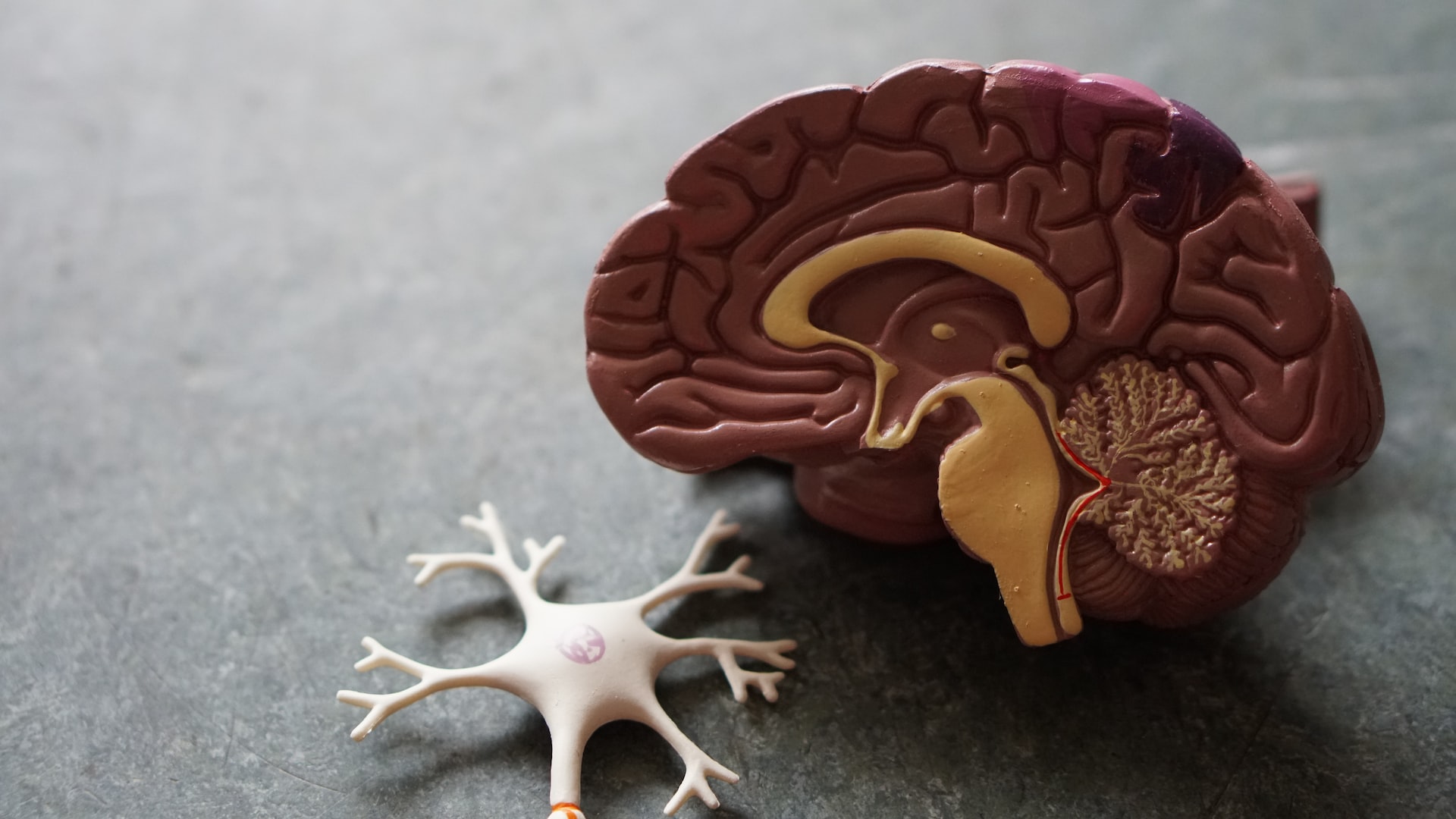How to Support a Dementia Patient Who Becomes Overly Attached to an Object
Supporting a Dementia Patient Who Becomes Overly Attached to an Object
It is not uncommon for individuals with dementia to become overly attached to certain objects. This attachment can stem from a variety of factors, including emotional connection, familiarity, or the object’s role in their daily routine. Understanding and addressing this attachment is crucial for providing effective support and ensuring the well-being of the individual.
### Understanding the Attachment
People with dementia often rely on familiar objects as a source of comfort and security. These objects can serve as tangible reminders of their past, helping them connect with memories and emotions. The attachment can also be a coping mechanism, providing a sense of control in a world that may seem increasingly confusing.
### Strategies for Support
1. **Validate Their Feelings**
– Acknowledge the emotional significance of the object to the individual. Recognize that their attachment is real and important to them.
– Use empathetic language to show understanding and support.
2. **Encourage Engagement**
– Engage the individual in activities related to the object. For example, if they are attached to a photo album, spend time looking through it together.
– This can help reinforce positive memories and emotions associated with the object.
3. **Provide Alternatives**
– Offer similar objects or alternatives that can serve the same purpose. This can help reduce reliance on a single item.
– For instance, if they are attached to a specific blanket, provide another soft blanket as an alternative.
4. **Create a Safe Environment**
– Ensure the object is safe and accessible. If the object poses a risk, consider finding a safer alternative.
– Create a designated place for the object to prevent loss or misplacement.
5. **Involve Them in Care**
– Encourage the individual to participate in caring for the object. This can help them feel more in control and connected.
– Simple tasks like cleaning or storing the object can be therapeutic.
### Managing Challenges
Sometimes, the attachment to an object can lead to challenges, such as agitation if the object is misplaced or taken away. Here are some tips to manage these situations:
– **Stay Calm**: Remain calm and patient when dealing with the individual’s distress.
– **Offer Reassurance**: Provide reassurance that the object is safe and will be returned.
– **Distract and Redirect**: Gently distract the individual with another activity or object to redirect their focus.
### Conclusion
Supporting a dementia patient who becomes overly attached to an object requires empathy, understanding, and creative strategies. By validating their feelings, encouraging engagement, and providing a safe environment, you can help them maintain a sense of security and comfort. Remember, the goal is to support their emotional well-being while ensuring their safety and happiness.





